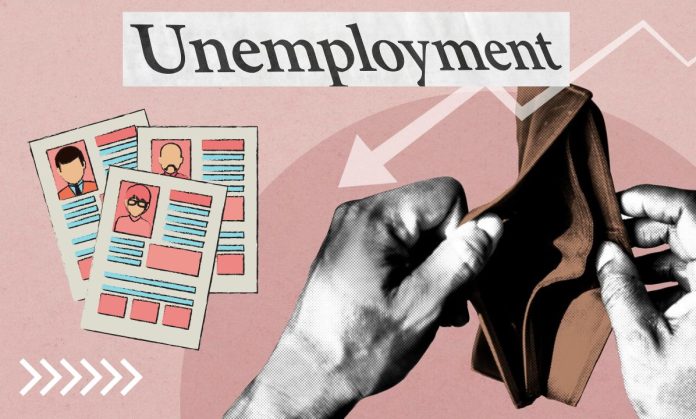India’s youth face a great deal of challenges due to unemployment, including worries about its broad impact and the necessity for complete solutions.
There are numerous reasons behind the high rates of joblessness among young people in India. The increasing gap between the skills that young people possess and the demands of the job market is one important cause. Many recent graduates may possess out-of-date skills due to the industry’s quick development, which makes them less valuable.
Successfully recording and tackling unemployment can be difficult because of the informal structure of many Indian sectors. Regional differences, limited chances for professional training, and insufficient opportunities for excellent schools all contribute to the problem.
Youth joblessness has far-reaching consequences on people’s lives that go beyond financial issues. In terms of mental health, it may result in elevated levels of stress, worry, and hopelessness. Socially, as discouraged young people struggle to secure a solid future, it can lead to higher rates of crime and social unrest.
Significant levels of youth unemployment limit the country’s ability to succeed economically. A huge, exploited labour force reduces production and limits creativity, making India less competitive in the global market.
The young unemployment rate in India was 23.22% in 2022, down 0.67% from the previous year.
In 2021, the rate of youth unemployment in India was 23.89%, a 7% decrease from 2020.
The rate of youth unemployment in India in 2020 was 30.90%, up 8.01% from the previous year.
In 2019, India’s young unemployment rate was 22.89%, down 3.47% from the previous year.
India’s social and economic changes have brought about changes in the country’s unemployment situation. The employment patterns underwent an important transformation with the transition from an economy based on agriculture to an industrialized one. The foundation for the complicated issue of youth unemployment was established by a sharp rise in population and a lack of job opportunities throughout a variety of industries.
Although the fight against youth unemployment is still ongoing, several movements have gained popularity and pushed for change. The “Rozgar Yatra” (Employment March), which is led by youth activists and groups, is one example of such a movement. The purpose of these marches was to draw attention to the situation of young people without jobs and to press the government to give employment and skill development priority.
Another important program is the “Youth for Employment” campaign. This initiative, which was started by several youth groups, aims to encourage young people to interact with lawmakers and highlight the necessity of workable solutions to the unemployment crisis.
The challenges that India’s young without jobs face are complicated. The situation is complicated by a lack of access to excellent schools, a mismatch among business standards and skills gained, and the urban-rural split. In addition, youthful job seekers face challenges from administrative hoops, poor infrastructure, and a changing labour market.
India’s young unemployment crisis calls for cooperation between the public sector, the private sector, and the general public. It is important that policy initiatives centre on entrepreneurship promotion, skill development, and vocational education and training. It is equally important to create an atmosphere that promotes the creation of jobs in new sectors.
Through the execution of an extensive plan involving educational improvements, governmental changes, and local initiatives, India can provide the conditions necessary for its youth to prosper in profitable and satisfying work in the years to come.































